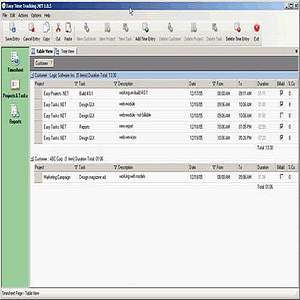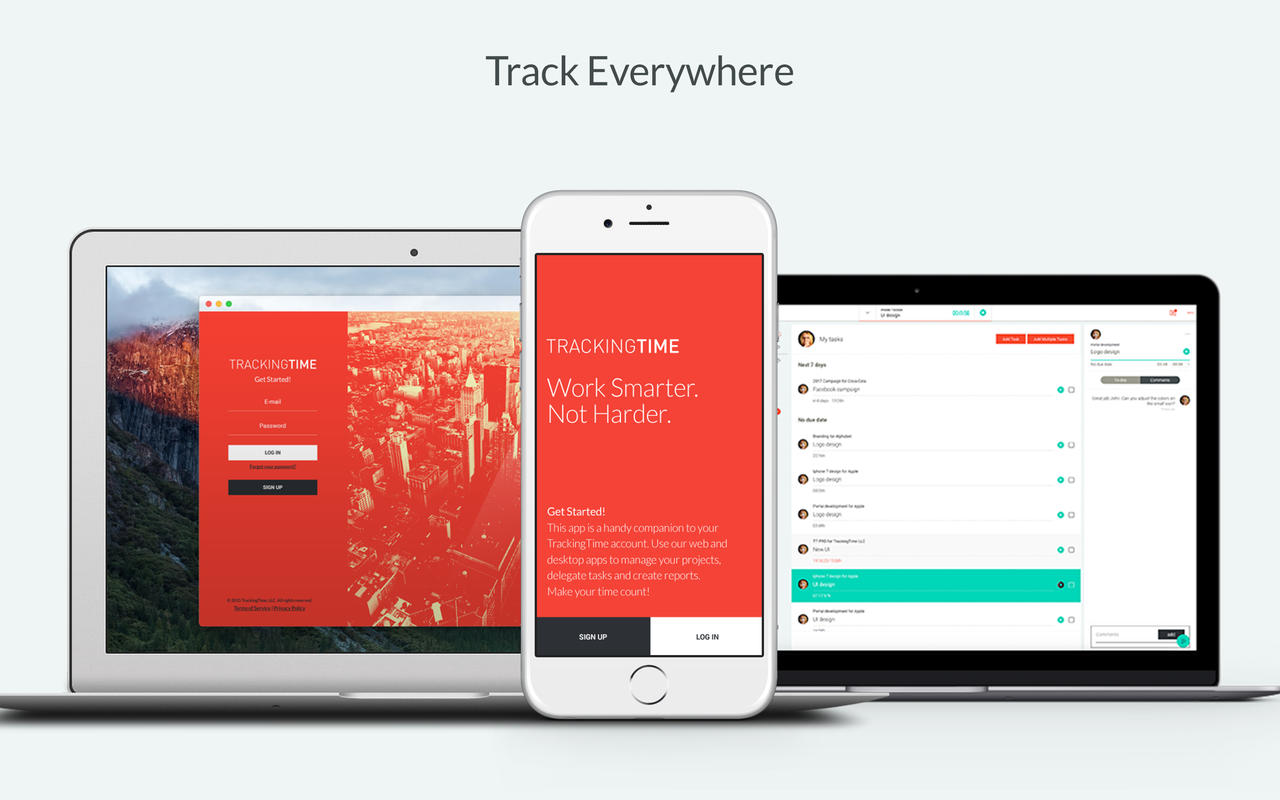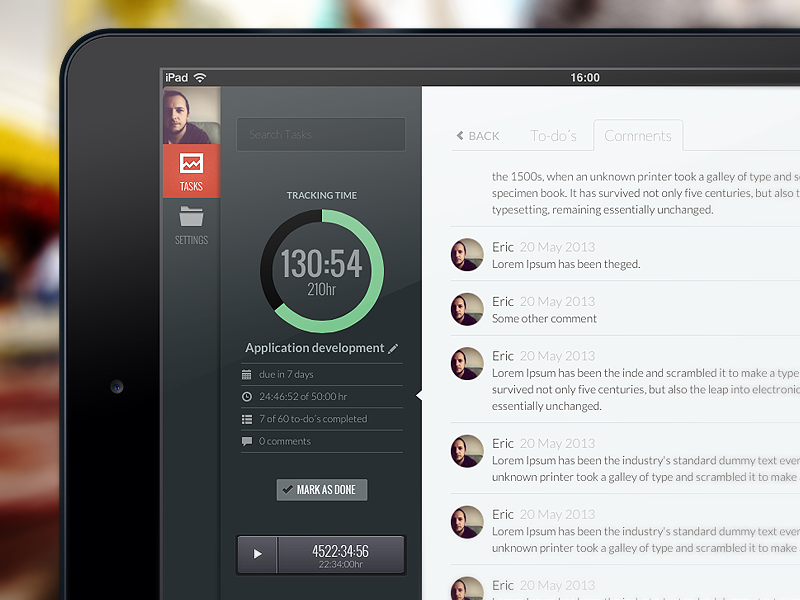

#Trackingtime pro software
How project time tracking software helps you manage better
Estimate project iteration lengths and velocity. Take the data points and apply them to help you better, This is the stage where you ask the question, now that we have all this data from our time tracker, what does it mean to us? You need to dive into your time tracking data to uncover how it affects your team’s productivity and which data points you need to work on to drive better results. Get your team’s feedback and see if it’s actually working and helping them to be more productive. Like any change, it needs constant reminding for your remote team to keep their time logs accurate and up to date. Remind your team to actually use their trackers Otherwise, like we all know, trying to create change arbitrarily will stagnate and hinder projects unnecessarily. In order to drive acceptance and usage by your team, you must demonstrate that time tracking will help them do their best work, and point out what you can change to simplify project deliverables. What time tracker helps us do that in as few steps as possible?Īim for a time tracking software like Kissflow Project that delivers what your team needs simply and straight to the point. To choose the appropriate project tracking software, you and your team must answer two questions: You need to document your requirements so it’s easy to choose a tool that actually meets them. Time tracking simply isn’t about good-looking project dashboards but actually seeing how much time your team spends working. Here’s a step-by-step guide to seeing how much time your team spends on tasks and projects: 1. It’s important to understand that it’s not a tool to target project team members who may be having a hard time getting work done fast enough. Time tracking helps project managers stay up to date on what is getting done and how long it’s taking-without having to micromanage employees or sift through the minutiae. Likewise, you’ll be able to see which members of your team are particularly fast at specific tasks and assign them to those tasks more often.Ĥ simple ways to keep track of time in the project management. It shows you underlying trends behind why some tasks get done faster and some slower. It also helps you identify activities that are not a good use of your time. From a psychological angle, it keeps you on track to focus on important tasks. The objective is to find which tasks take time and how you can ensure that your team is operating efficiently. Tracking time helps team members drive up their productivity and get work done faster than they’d normally take. Find out how project management can succeed with project time tracking. Project managers and relevant stakeholders can see what’s getting done, how long it’s taking, and what to do about it. It can also be used to invoice clients when you’re billed by the hour. 
Project time tracking measures individual staff productivity as well as offers the team a means of assessing the effectiveness of foresight metrics such as agile velocity, project estimates, estimated sprint length, etc.

In project management, time tracking refers to keeping track of the amount of time team members spend doing all or part of the work they’re assigned.





 0 kommentar(er)
0 kommentar(er)
